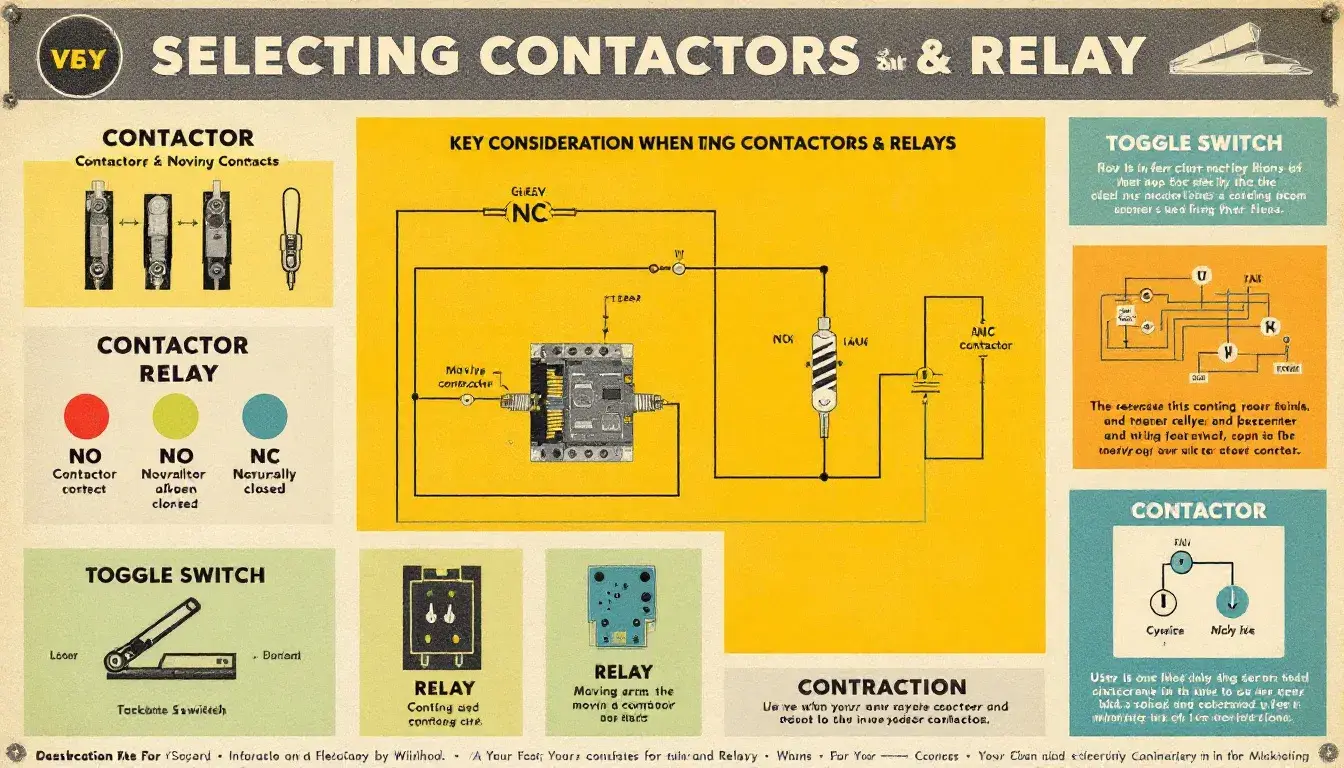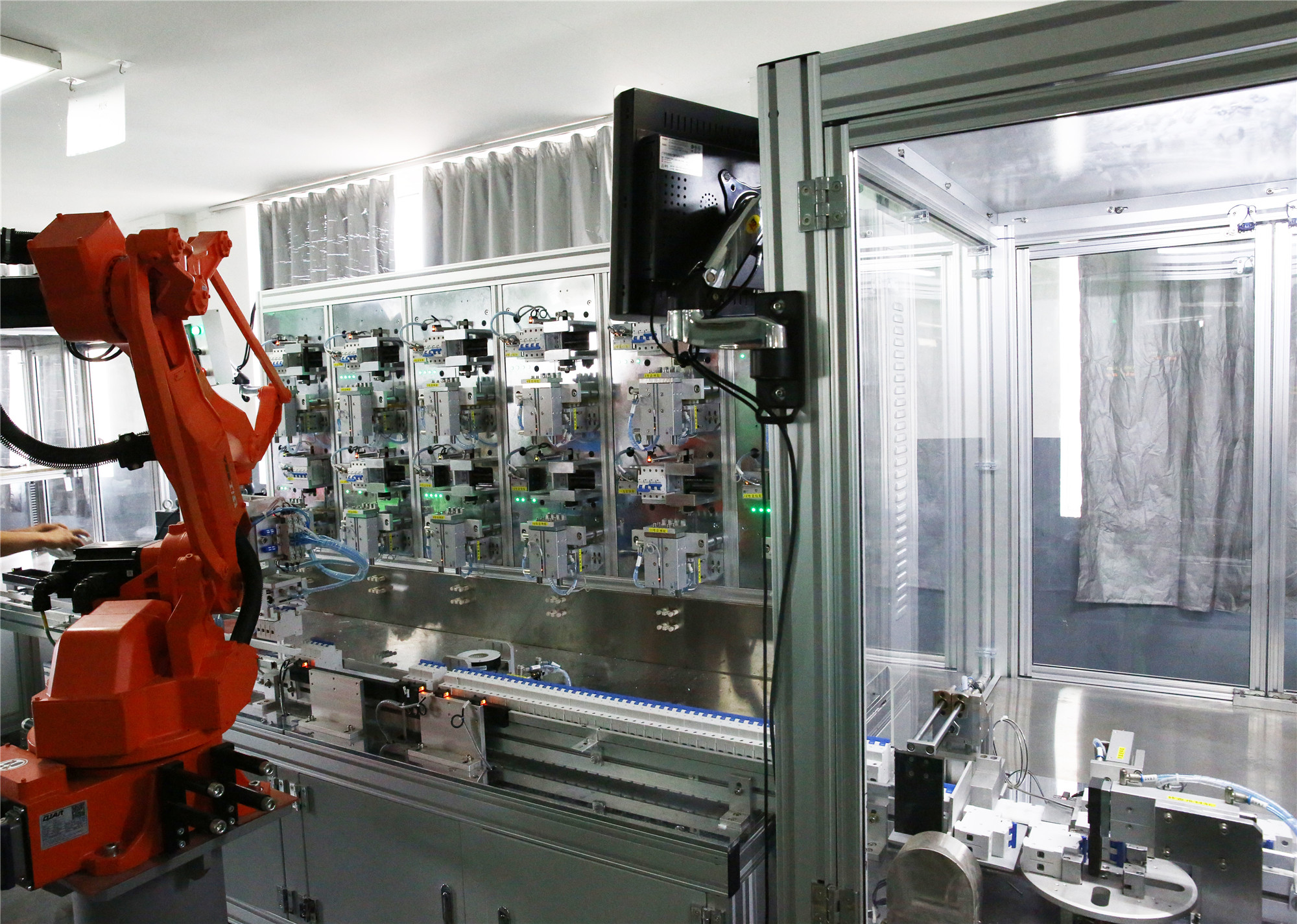What Is The Purpose Of An Electrical Junction Box
Table of Contents
ToggleWire connections are encased in electrical boxes, often known as junction boxes. They aid in the prevention of short circuits, which can result in fires.
This guide explains the various varieties of electrical boxes, as well as their materials and applications. They come in a variety of forms and sizes to match your needs. Learn the distinctions so you can be sure you’re selecting the correct box for your project.
The National Electrical Code (NEC) and municipal building rules govern the types of electrical boxes used in specific applications and how they should be erected. Electrical boxes must be covered with matching electrical box covers, according to their specifications. You can’t hide them behind drywall, panelling, or any other type of wall covering. The conductors must be able to move freely inside the box.
Before you begin any electrical project, check with your local building inspector and secure the necessary permissions. Always have your work assessed by local codes once you’re finished.
Junction Box in Action
The junction box is where electrical wires come together to link before continuing on their journey. The hot, white, and grounding electrical cables are protected in these boxes, containing other wire shades for the secondary functions and lighting.
The main electrical panel to the junction box encased Romex wire runs. The brand name Romex refers to a nonmetallic encased electrical wire that is often used for residential branch wiring. The wires are connected to the original Romex wire and then spread to the other fixture boxes. The wire gauges (diameters of wires) should all be the same.
All junction boxes must be adequately covered, installed, and by local building codes. The cables are protected by the lid, keeping dirt and dust out and preventing moisture from entering the box.
Electrical Boxes Come in a Variety of Shapes and Sizes
• Handy Box: Attached to a wall’s surface. Light switches or receptacles may be present. Ideal for places where installing behind-the-wall is difficult or impossible.
• Junction Box: Wires only connect in a junction box; they never link to a switch, receptacle, or fixture. Allows circuits to securely branch and split in multiple directions.
• New Work Box: Installs directly on studs or joists or between two studs with a bar hanger before drywalling.
• An old work box is sometimes known as a “remodelling box.” After it has been hung, it is installed on drywall. It comes with clamps and is perfect for installing new outlets on pre-existing walls.
• Metal and nonmetallic outdoor boxes are available. Gaskets, sealed seams, and waterproof covers protect wiring from the weather.
All electrical boxes must have box covers, according to the electrical code. Watertight exterior covers are required.
When working with a junction box, safety comes first.
Before working on a junction box, make sure the electricity is turned off. You don’t want to be the unfortunate recipient of a hazardous hot wire.
Finally, punch a hole in the box to allow the wires to pass through. Secure the Romex wiring that enters into the box with a cable clamp, then cap wires inside the box with wire nuts. If you’re having trouble twisting the wires together, wrap black to black and white to white with needle-nose pliers before adding the wire nut. After that, secure the box by grounding it.
Sizes and Shapes of Electrical Boxes
An electrical box’s shape can assist you in figuring out what it’s for. Electrical boxes come in a variety of sizes to accommodate various installation requirements. The most typical electrical box is rectangular in design. It is available in metal or nonmetallic units and houses a single electrical switch or outlet. Gaskets, sealed seams, and waterproof covers protect wiring from the weather in these boxes.
Two devices are housed in a square electrical box, commonly known as a “double-gang box.” They’ll have a single outlet/switch or two outlets/switches on the inside. The round or octagonal box in the ceiling stores lights, fittings or safety devices. These are used to power lights, as well as smoke and carbon monoxide detectors. Heavy fixtures, such as ceiling fans or chandeliers require a ceiling box. Choose a ceiling box that is designed to support the additional weight.
Materials for Electrical Boxes
Metallic and nonmetallic materials are used to make electrical boxes. Aluminum, steel, and cast iron are the most common metals used in metal boxes. PVC or plastic are used to make boxes that are not composed of metal.
Metal Boxes:
• Metal junction boxes are required by many municipal building codes because they are sturdy and provide long-term performance.
• Choose from a variety of junction box sizes to pick the right one for your project.
• Use for sensitive indoor applications, such as in an unfinished basement with a conduit.
Boxes made of plastic or PVC:
• These boxes are low-cost and straightforward to set up.
• Electrical boxes made of plastic can be hidden beneath walls.
• Use with nonmetallic cable only.
Tips & Tricks for Installing Electrical Boxes
Before beginning any electrical project, make sure to check with your local building inspector. They’ll make sure you’re obeying the rules.
• If you’re building a new house, draw a floor plan and make sure you have enough electrical boxes to fit all the light switches, outlets, and fixtures you’ll need. Ascertain that the electrical box sizes you select are appropriate for the locations where they will be used.
• Use a stud finder to locate studs when working in finished areas. Make sure they don’t get in the way of a new box being placed.
• To designate cutting lines, trace an outline of the box on the wall where it will be mounted. For cutting holes in drywall, utility knives work well, and keyhole saws work well for plaster. For wood, try using a sabre saw.
• Light switches are typically mounted 42 inches from the ground.
• Power outlets are typically 12 inches from the ground.
• mark all cables to plan for future adjustments.
You can add electrical boxes to your home with a bit of planning. Determine the position and select the appropriate junction box for the job. You can upgrade your living area once you have power where you need it. To improve your design, add new lighting, ceiling fans, or other appliances.
Tel: +86-577-88671000
E-mail: ceo@tosun.com
Skype: tosunelectric
Wechat: +86-139 6881 9286
WhatsApp: +86-139 0587 7291
Address: Room No.1001 Wenzhou Fortune Center,Station Road, Wenzhou, China
REQUEST A QUOTE
WhatsApp us
 : +86-139 0587 7291
: +86-139 0587 7291 English
English Español
Español Русский
Русский Français
Français العربية
العربية Português do Brasil
Português do Brasil Українська
Українська Türkçe
Türkçe Polski
Polski Nederlands
Nederlands Italiano
Italiano Bahasa Indonesia
Bahasa Indonesia हिन्दी
हिन्दी اردو
اردو አማርኛ
አማርኛ Հայերեն
Հայերեն ไทย
ไทย Монгол
Монгол فارسی
فارسی Shqip
Shqip Ελληνικά
Ελληνικά


